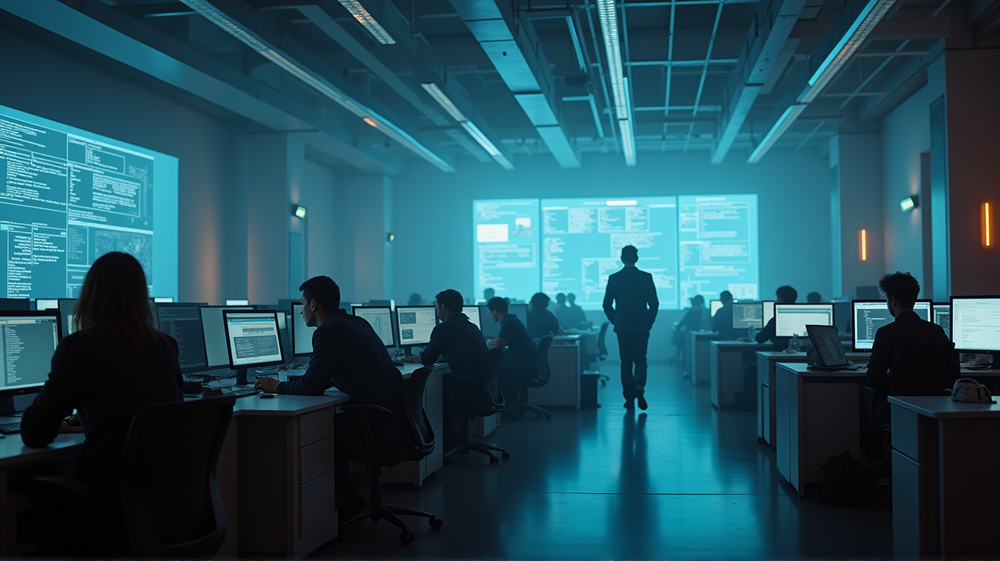The Unsettling Surge in Layoffs
In a year that has seen rapid technological advances, the tech sector has not escaped the grip of layoffs. Already, 74,437 employees have faced job losses in 2025, according to Layoffs.Fyi. Companies, numbering 157, have taken these measures as part of cost-cutting, restructuring, and coping with global economic instability. This trend continues from 2024, which witnessed an even larger number of layoffs, affecting 152,922 individuals in the tech industry.
AI: Catalyst or Culprit?
How much of this workforce reduction can we attribute to artificial intelligence? While AI plays a significant role, it’s not the sole reason for layoffs. As companies like Meta focus on hiring top talent specifically in AI, other sectors such as sales and marketing bear the brunt of these cuts. It’s a strategic pivot to maintain competitiveness in an increasingly automated world, but the human cost is palpable.
Restructuring and Global Competition
Restructuring efforts have also led to significant job losses. For instance, Microsoft announced a cut affecting 4% of its global workforce, translating to 9,000 jobs. Similarly, Indeed+Glassdoor’s restructuring led to 1,300 layoffs while others like Rivian and TomTom have also adjusted their workforce sizes to respond to economic pressures and global competition.
The Broader Impact Across Tech Sectors
Job reductions haven’t been limited to pure-play tech companies. Bumble, Klue, and even automotive tech like Rivian are among those hit. Giant companies like Intel have plans to reduce their workforce by 15-20%, and start-ups are not immune either. The cumulative impact is a stark reminder of the volatile nature of this industry.
Introspection and Future Strategies
The question remains: how will tech companies navigate this roller coaster in the future? Will they succeed in becoming lean while harnessing the full potential of AI and emerging technologies in a way that benefits all stakeholders? The industry stands at a crossroads, where crucial decisions could define the balance between human capital and technological advancement. According to LatestLY, these structural changes are deemed necessary to stay ahead in the competitive race of technology evolution.













